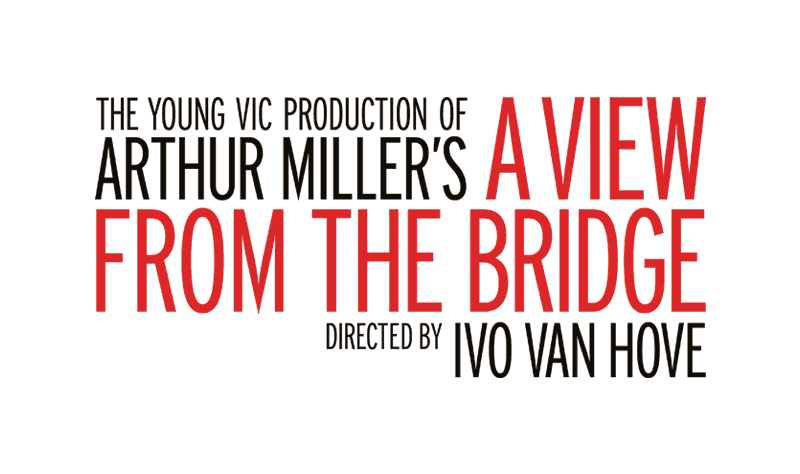A Snapshot of Red Hook, Brooklyn Circa 1950

RED HOOK, BROOKLYN, CIRCA 1950. Since the 1800s, Red Hook has been a neighborhood of immigrants—first the Irish, then Germans, Norwegians, and now the Italians. There are no skyscrapers here. Residents have a clear view of the Statue of Liberty across the water, whose mighty presence first welcomed them to the United States.
Red Hook is surrounded by water on three sides and by the Brooklyn-Battery Tunnel and the Gowanus Expressway on the other. The residents are isolated from the rest of the city, and largely disliked by its inhabitants. Most of the people who live here live in the Red Hook Houses—27 six-story brown brick buildings containing 2,545 apartments. Built in 1938, it is one of the largest public housing projects in the country. Some have praised these three- and four-room apartments for having modern amenities like electric refrigerators, central heating, and gas ranges and, at $5 per room per month, for being an affordable alternative to private housing. A 1940 New Yorker article, however, called the homes “barracklike” and “hygienically undesirable.”
This is likely where Eddie Carbone of Arthur Miller’s A View From the Bridge (onstage at the Ahmanson Theatre through October 16, 2016) lives with his family. Longshoremen like Eddie comprise the majority of Red Hook’s workforce, and most of them live in the Houses. The Carbones, like the rest of the Italian immigrants living here, fled the mass poverty of southern Italy. There, government institutions were thought to be exploitative and hostile; everyone relied upon and trusted family instead. They brought this ethos to America.
While much of the country gobbles up modern food trends like microwave dinners, Red Hook’s residents eat the Mediterranean diet that they brought with them from home. Myriad Italian dialects are spoken here, and children who grow up in Red Hook speak most of them, as well as English. Like Catherine, Eddie’s niece, girls are fiercely protected. They are rarely seen in public, unless they are in school, or in the company of a chaperone. Boys, on the other hand, are allowed to spend their time on the street corners. Children do not go to each other’s homes—it simply isn’t done. Like Red Hook itself, the home is an isolated entity, and the eyes of those outside the family are unwelcome.
The longshoremen walk around with baling hooks in their belts, which they use on the docks to help move flats of cargo. The life of a longshoreman is one of uncertainty, hard labor, and often, fear. Work isn’t guaranteed even though the port here is the busiest in the world. Sixteen criminal gangs run the piers, their strong arms and gunmen injecting fear in the surrounding workers. Their control of the docks, and seeming impunity from law enforcement, has made them the stuff of legends, and their control will last for decades to come.
These gangs help create a perception of Red Hook as violent, a place of lowlifes. For those who live here, however, it is a place of hard-working families, of fierce loyalty and independence, an isolated enclave, hanging on the edge of the world.
Follow the links below for additional reading:
- Exploring Definitions of Community in Red Hook, Brooklyn
- Waterfront Museum Red Hook History
- On the Waterfront, a Scared Silence
- Red Hook Justice
- Waterfront Commission
- Red Hook, Brooklyn: A Rich Seafaring History
